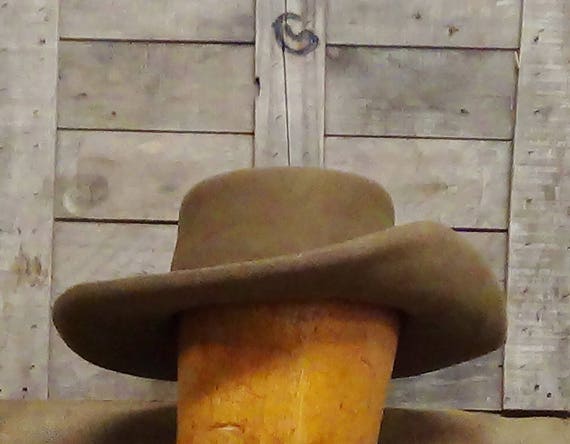


Cavalry normally wore shakos or plumed helmets, reserving red kepis with light or dark blue bands for wear in barracks. The different branches were distinguished by the colours of the cap - see the table. Officers' ranks were shown by gold or silver braiding on the kepi. It appeared in full dress (with inner stiffening and ornamental plume or ball ornament) and service versions. The model used in World War I was the 1886 pattern, which was a fuller shape incorporating air vents.īy 1900 the kepi had become the standard headdress of most French army units and (along with the red trousers of the period 1829-1914) a symbol of the French soldier. In 1876, a new model appeared with a rounded visor, as the squared visor drooped when wet and curled when drying. The kepi became well known outside France during the Crimean War and was subsequently adopted in various forms by a number of other armies (including the U.S. Subsequent designs reduced the size of the cap and introduced chinstraps and buttons. The visor was generally squarish in shape and oversized and was referred to as bec de canard (duck bill). Called bonnet de police à visière, this was the first proper model of the kepi. In 1852, a new soft cloth cap was introduced for campaign and off-duty. As a light and comfortable headdress, it was adopted by the metropolitan (French mainland) infantry regiments for service and daily wear, with the less practical shako being relegated to parade use. These were intended as alternatives to the heavier, cloth-covered leather French Army shako. Its predecessor originally appeared during the 1830s, in the course of the initial stages of the occupation of Algeria, as a series of various lightweight cane-framed cloth undress caps called casquette d'Afrique.

The kepi was formerly the most common headgear in the French Army.


 0 kommentar(er)
0 kommentar(er)
